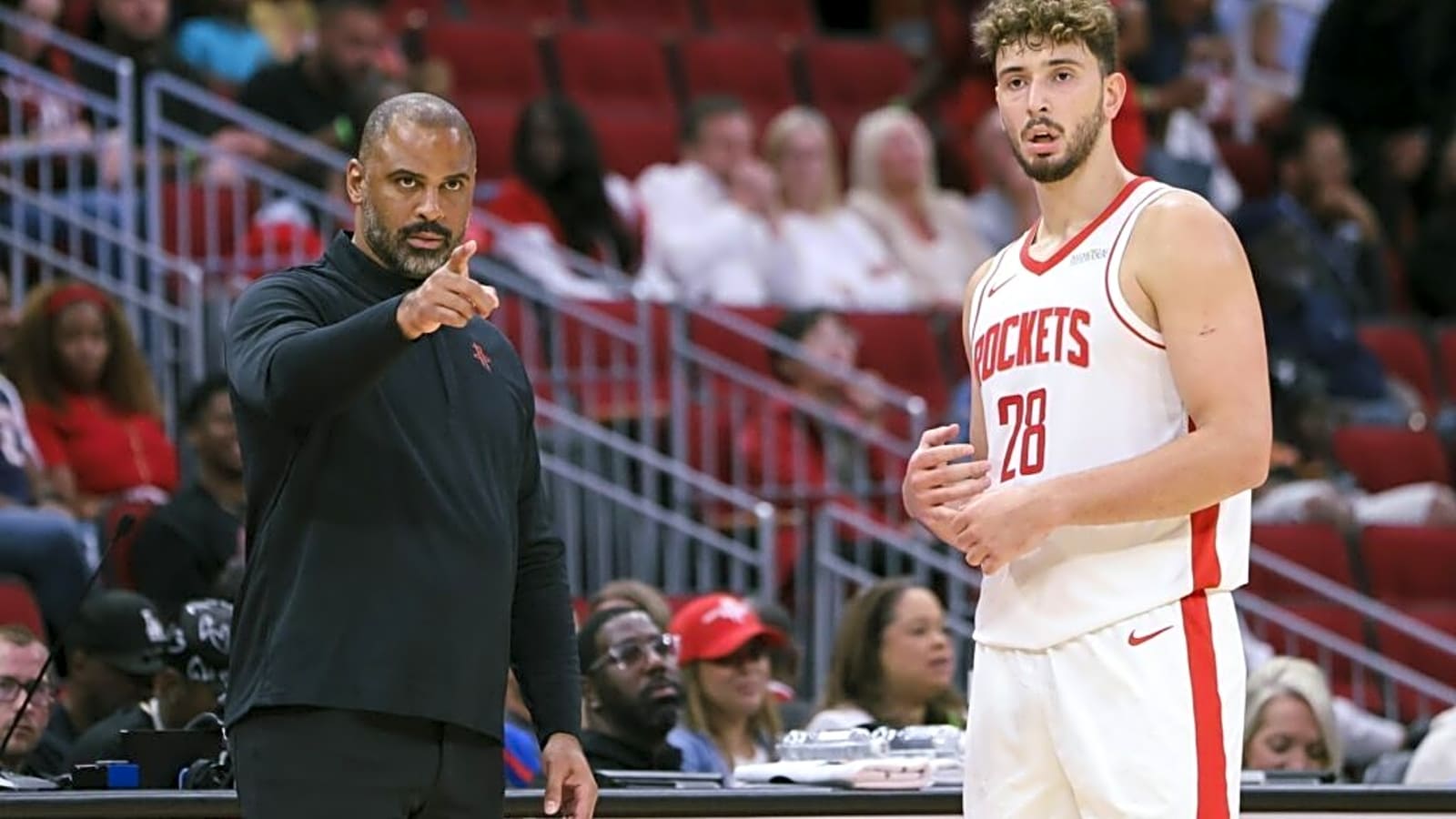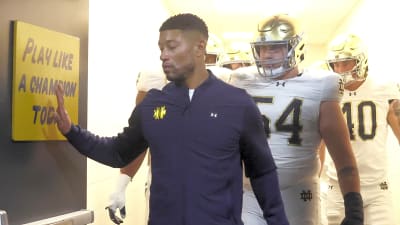
When the Houston Rockets re-signed Clint Capela this offseason, the focus was naturally on defense and rebounding. Yet the most intriguing storyline may be how his return impacts Alperen Sengun’s growth as a playmaker. A possible boost in Capela’s assists could redefine Houston’s offense as the team enters the 2025–26 NBA season.
Capela agreed to a reported three-year, $21.5 million contract, returning to the franchise where he built his name as one of the NBA’s premier rim protectors and lob threats. Capela averaged 8.9 points, 8.5 rebounds and 1.1 assists in 25.2 minutes last season with the Atlanta Hawks while shooting 55.9% from the field.
His skill set remains straightforward but invaluable. Capela sets hard screens, rolls efficiently, and provides vertical spacing that forces defenses to collapse. Those small things can have a big effect on Sengun’s passing lanes.
How Houston’s New Center Duo Could Amplify Sengun
A Partnership Built on Balance
Sengun, entering his fourth NBA season, is coming off the best year of his career. The Turkish center averaged 21.1 points, 9.3 rebounds and 4.8 assists per game in 2024–25 while shooting nearly 54% from the floor.
At just 23 years old, he’s already one of the league’s most creative bigs, capable of running the offense through the high post. Sengun ranked among the top five centers in assist percentage and front court touches per game last season, according to NBA Advanced Stats. His game blends vision, patience and craft, resembling the European playmaking style popularized by Nikola Jokic.
Adding Capela gives him something he hasn’t had in Houston before: a pure rim-running partner. Capela’s screening and interior gravity could open more clean reads for Sengun, who thrives when cutters and roll men create movement around him. If defenses are forced to tag Capela on pick-and-rolls, Sengun can exploit open shooters or quick dump-off passes—both key to Udoka’s offensive spacing principles.
Capela’s Second Houston Chapter
Capela’s return carries both nostalgia and purpose. Between 2014 and 2020, he averaged 12.6 points and 10.8 rebounds with Houston, becoming one of the NBA’s most efficient finishers around the rim. His chemistry with James Harden made him one of the league’s elite pick-and-roll bigs.
This time, the dynamic is different. Houston’s core is younger, and head coach Ime Udoka emphasizes structure and balance over isolation. Capela’s presence brings leadership and a defensive safety net, allowing Sengun to focus more on orchestration than rim protection.
Defensively, Capela remains strong at contesting shots near the basket. Opponents shot roughly 54% at the rim against him last season, a number that reinforces his continued reliability as an interior defender.
How the Fit Could Work
Udoka experimented during training camp with “dual big” sets, placing Sengun in high-post facilitating roles while Capela anchored the dunker spot. Those lineups rely on timing rather than spacing alone. The early idea is that Capela’s gravity in the paint can complement Sengun’s creativity rather than limit it.
The key will be tempo. When Capela screens early and rolls decisively, Sengun can push the ball to shooters in rhythm or drop quick passes inside. Both bigs also rebound well, giving Houston a strong advantage in transition opportunities.
If executed properly, this combination could make Houston’s offense more dynamic and unpredictable, with Sengun operating as a point-center and Capela cleaning up second chances.
For a team filled with star power and young potential, small connections can lead to major breakthroughs. The Capela assists boost could be the key to expand trust, timing and chemistry in a strong domination of both ends of the floor.
More must-reads:
- Dynamic dozen: Ranking NBA's best 25-and-under cores
- NBA panic meter: LeBron, Cavaliers, Pelicans, more teams hit crisis mode early in 2025-26 season
- The 'Most passing yards by an NFL rookie' quiz
Breaking News
Trending News
Customize Your Newsletter
 +
+
Get the latest news and rumors, customized to your favorite sports and teams. Emailed daily. Always free!








